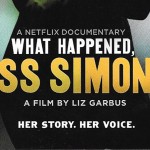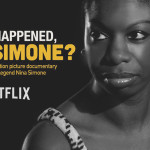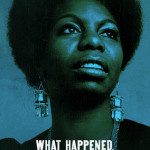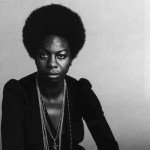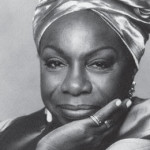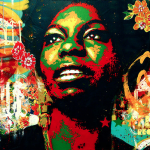“Miss Simone, you are idolized, even loved, by millions now. But what happened, Miss Simone?” – Maya Angelou
Eunice Kathleen Waymon, aka Nina Simone, was not your average entertainer. A supremely talented performer from an early age, Simone became a renowned and beloved pianist, singer and composer who straddled multiple genres with effortless technique but even greater panache. It earned her the soubriquet “high priestess of soul” – even without considering her considerable achievements as a classical, jazz, funky urban blues and popular artiste. Her reputation as a performer is probably greater than ever, 12 years after her death and helped by selective memories.
Simone earned a huge fanbase across all people from all communities across the world for songs such as My Baby Just Cares For Me, Feeling Good, Young, Gifted and Black, and her renditions of standards from the great American songbook, such as her ravishing version of I Loves You Porgy. Appropriately enough, this is her verdict on her music:
“Jazz is a white term to define black people. My music is black classical music” – Nina Simone
But then… she was also an enigma, giving rise to Maya Angelou’s quote that forms the title of this worthy documentary (see trailer here.) It seemed to the world that Nina Simone sacrificed her career and lost her way. What happened Miss Simone? indeed. Why, you might justifiably ask, did she virtually throw away her stardom and become such a controversial figure?
It’s not just that Simone was politically charged activist and a unique contributor on the need for racial equality over an above the achievements of the civil rights movement, she a volatile, divisive, almost a self-destructive figure, even on stage – as witnessed by her entrance to the opening show in Montreux after beginning a life in exile against tax charges in the USA.
As her personal life fell to pieces, she did not attend to business. Her concerts became increasingly erratic and edged with her activist polemic, she eschewed her hits and her jazz numbers in favour of preaching to and radicalising audiences. She was unapologetically assertive, particularly around the injustice and inhumanity inflicted upon her race, in contrast to the music for which but what was rarely seen in public was her intensely lonely and vulnerable side, not uncommon for great performers – still less the illness that drove many of her behaviours with no design on her part: she was its victim.
The documentary constructs from interviews the story of how Simone was diagnosed late in life with bipolar disorder. As her daughter describes in the film, “that explained a lot.” Mental illness is as likely to invoke both sympathy and hostility in audiences. Perhaps her spikiness formed part of her mystique, such that an earlier diagnosis and effective treatment might have lessened Simone’s reputation, the severe mood swings between elation and the inky depths of depression were unquestionably part of who she was.
But while bipolar had a profound effect on her life, it’s equally true that you can’t understand Simone the performer without understanding her cultural roots and the sense of injustice instilled in her from a very early age.
What Happened Miss Simone? takes us from her roots in Harlem, NYC, a talented classical pianist who could not understand why black people were segregated in audiences – and refused to perform until they were desegregated. She spent a year at Juilliard but her progression into the musical establishment was held back by institutional racism.
Even as her talent was recognised she met with continuous casual racism, during which time she was radicalised – and by the time she became a star she was in a position to do something about it. This narrative is played out against a backdrop of songs, and few sum up her activist period than the full playing of the chillingly eloquent Backlash Blues. As the documentary reveals, the huge wingspan of Simone’s work articulates every nuance of mood through her life and spookily provides an even more apposite commentary than the words spoken.
Like its subject, this is a work that will divide its audience but which overcame the risks to give a balanced portrait of a wilful personality. From Wikipedia:
Michael Hogan wrote for Vanity Fair that, “The risk of making a documentary of a towering artist is that, by explaining her, you only end up diminishing her. Not Nina Simone—not this time. In Liz Garbus’s telling, Simone’s talent and personality shine through, as gloriously singular, and uncontrollable, as ever.
Indeed so. The movie has its agenda and clearly not the only story to be told about a richly complex character, but what it does do it does very well. I watched from beginning to end enthralled by the voyage around Miss Simone, the interesting and revealing interviews with well-informed people in Nina’s life, the muscular music, the words of the lady herself and the historical context; it took a second viewing to focus on the methods adopted by Liz Garbus in arranging and focusing her material. But then with a subject with a life and career as rich and remarkable as Miss Simone, you could hardly go wrong, could you?






